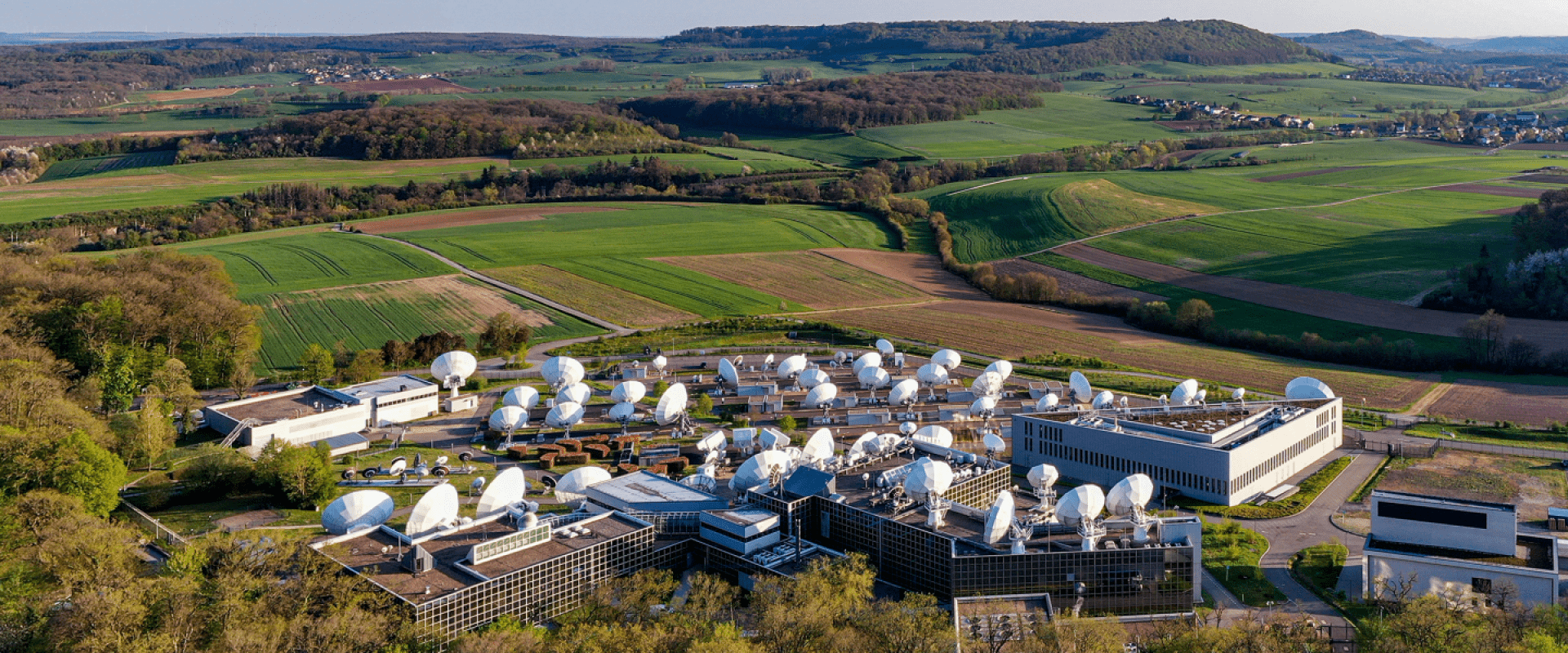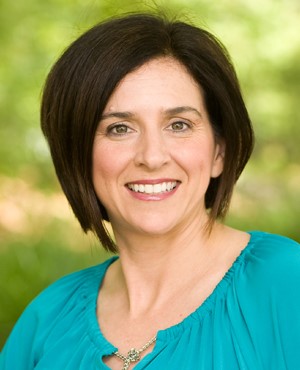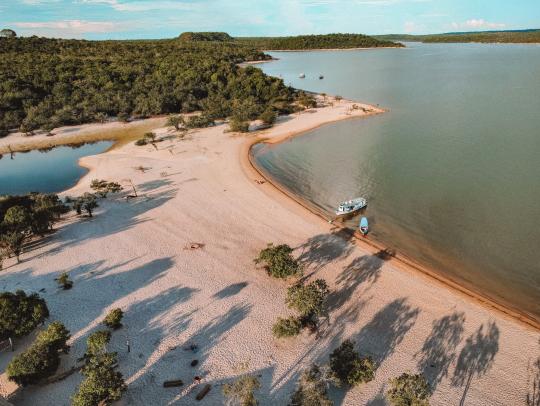SES Team Spotlight: Bronnie Fisher Fiely on C-band Earth Station Operator Transitions


C-band Implementation Team
(Corporate Strategy &
Development – Technology)
In 2020, the Federal Communications Commission (FCC) issued a Report and Order outlining a plan to clear C-band spectrum to enable the nationwide rollout of 5G mobile services. To do so, satellite operators like SES need to transition their existing customers to a smaller portion of the spectrum without disrupting TV and radio services, as well as other critical data transmission services they deliver. We spoke with Bronnie Fisher Fiely, Director of the C-band Implementation Team, who is tasked with leading SES’s earth station operator transition activities, to learn more about this undertaking.
What is your role in facilitating SES’s activities in the C-band transition?
I lead the earth station transition activities. That means that, once our customers using C-band services are moved to a smaller part of the band, my team and I are responsible for facilitating various activities, including: engaging with incumbent earth station operators; managing vendors who support on tasks like antenna replacement and filter installation; dispositioning incumbent earth stations that do not have or no longer have an SES antenna; and partnering with the relocation coordinator to ensure that no relevant site is left behind during the transition. More than anything, we are ultimately tasked with completing the transition of each relevant incumbent earth station by the FCC’s deadlines.
What transition activities are happening at earth stations around the country right now? How far along is the transition?
The transition activities that are happening right now are primarily in the top metropolitan regions across the U.S. or, as the FCC calls them, Partial Economic Areas (PEAs). The FCC’s C-band Report and Order stated that incumbent earth stations in some of the top 50 PEAs in the contiguous U.S. will need to be prepared for transition no later than 5 December 2021.
At these earth stations, SES is doing a lot of analysis to make sure that each earth station is being taken care of according to the FCC’s Report and Order. It is like a puzzle where each piece, which represents a site where one or more incumbent earth station is located, has different circumstances and needs. One may be ready to filter but has a tree obstruction in place that we must address before installing. Another may have a very small C-band antenna that will not lock on the signal and therefore will not get the signal after the filter is installed. Another may be smooth sailing and we walk right on and put the filter in place.
For now, approximately 10% of the Phase 1 filters have been installed as well as a few filters at Phase 2 sites. To complete the rest, we are making a final determination of which sites have SES-registered antennas and identifying what each site needs before executing the transition.
Do you have any advice for earth station operators who haven’t scheduled their installations yet?
For earth station operators in Phase 1, they should reach out to SES if they haven’t already. Also, if any of our vendors contact them, they should be sure to respond. Our amazing team of vendors helping us out includes USSI Global, Pacific Cable, ATCi, and Superior Satellite.
If they don’t hear from us or our vendors, then they should contact us directly at the help desk. We need consistent communications from operators in order to provide them the best service possible. We study most incumbent earth stations who did not take the lump sum from the FCC to make sure things will work out well for the operator. If the operator delays communication, we will have less time and fewer resources this year to assist them.
Can you tell us about how you and the team have worked to ensure that COVID-19 will not delay the transition process?
It’s all about planning. My team and I have a plan A, a plan B, a plan C, and so forth. We also made sure we had the right companies supporting us – partners with whom we have long-standing, trusting relationships.
On the logistical side, we did our best to secure a warehouse full of equipment we knew we would need. Additionally, we tried to ensure that, if we could not go onto a site for reasons related to COVID-19, we could quickly shift course and go to an alternative site instead so as not to delay the process. We also ensured our contracts and agreements with our vendors took into account the potential for COVID-19 delays. Fortunately, COVID-19 has not had a significant impact on our transition and we remain entirely on schedule.




